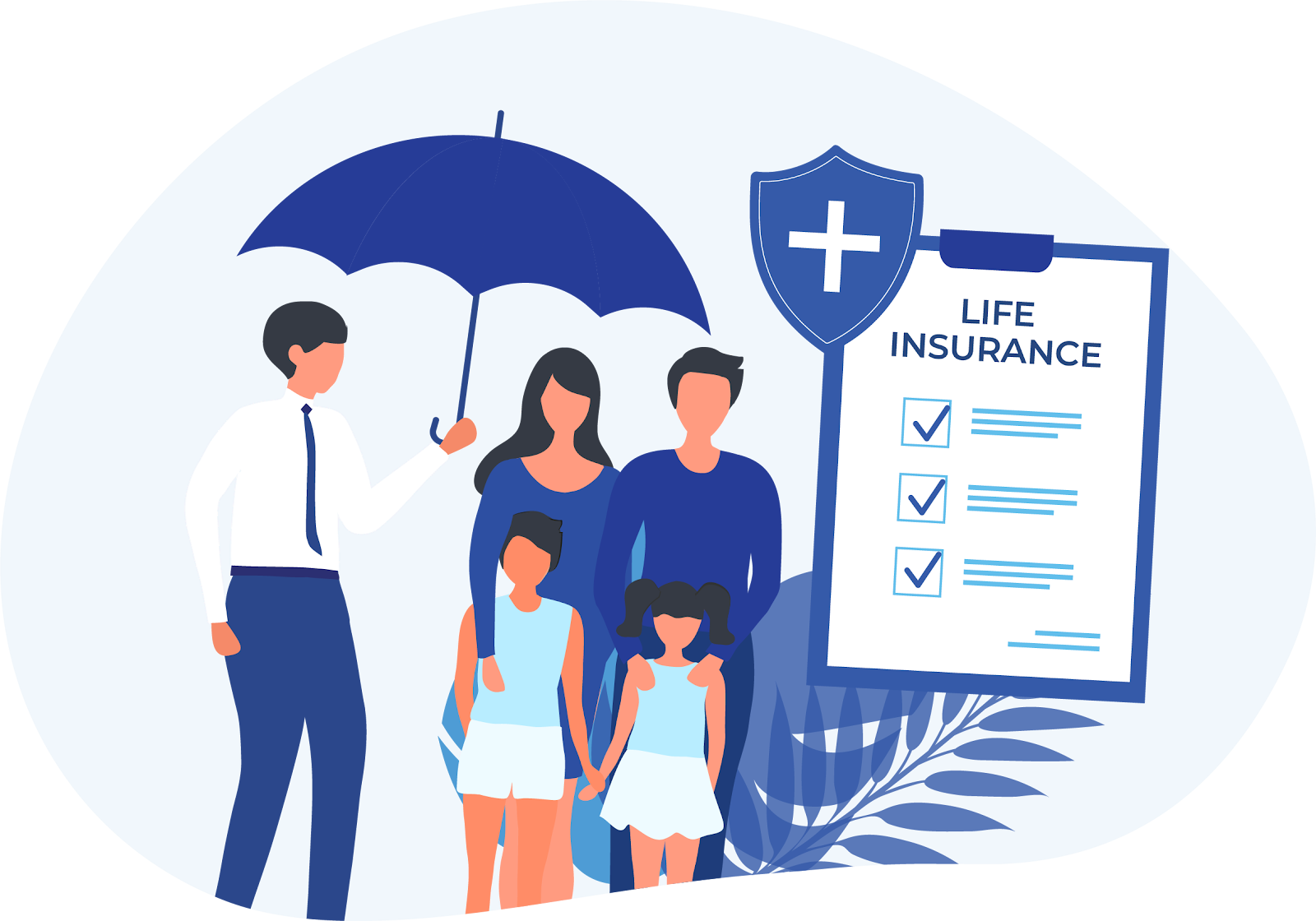Managing finances can be overwhelming, especially when faced with the complexities of modern life. However, achieving a healthy financial life is not only possible but also essential for long-term stability and peace of mind. This article will explore the key steps to building and maintaining a healthy financial life, covering everything from budgeting and saving to investing and debt management.
Understanding Your Financial Situation
The first step to achieving a healthy financial life is understanding your current financial situation. This involves taking a clear and honest look at your income, expenses, debts, and assets. Start by creating a detailed list of all your sources of income, such as your salary, any side jobs, or passive income streams. Next, track your monthly expenses, including fixed costs like rent or mortgage payments, utilities, groceries, transportation, and discretionary spending like entertainment and dining out.
Once you have a clear picture of your income and expenses, calculate your net worth by subtracting your total debts from your total assets. This will give you an idea of where you stand financially and what areas need improvement.
Creating a Budget
Budgeting is the cornerstone of a healthy financial life. A well-crafted budget helps you allocate your income effectively, ensuring that you can cover your essential expenses while also saving for the future. Start by categorizing your expenses into needs and wants. Needs are essential expenses like housing, food, utilities, and transportation, while wants are non-essential items like dining out, vacations, and entertainment.
Aim to follow the 50/30/20 rule, where 50% of your income goes towards needs, 30% towards wants, and 20% towards savings and debt repayment. Adjust these percentages as needed based on your personal financial goals. For instance, if you have a significant amount of debt, you may want to allocate more than 20% of your income towards paying it off.
Building an Emergency Fund
An emergency fund is a critical component of a healthy financial life. This fund acts as a safety net, providing you with the financial cushion needed to cover unexpected expenses, such as medical emergencies, car repairs, or job loss. Aim to save at least three to six months’ worth of living expenses in your emergency fund.
Start by setting a small, achievable savings goal, such as saving $500 or $1,000. Once you reach that goal, continue to build your emergency fund until you’ve saved enough to cover several months of expenses. Keep this money in a separate, easily accessible savings account to avoid the temptation of spending it on non-emergencies.
Managing Debt Effectively
Debt can be a major obstacle to achieving financial health. Whether it’s credit card debt, student loans, or a mortgage, managing and reducing your debt is crucial. Start by listing all your debts, including the outstanding balance, interest rate, and minimum monthly payment for each.
There are two popular strategies for paying off debt: the snowball method and the avalanche method. The snowball method involves paying off the smallest debts first, which can provide a psychological boost and motivate you to continue. The avalanche method, on the other hand, focuses on paying off the debt with the highest interest rate first, which saves you more money in the long run.
Choose the method that works best for you and stay committed to paying off your debt. Consider making extra payments whenever possible, as this can significantly reduce the time it takes to become debt-free.
Saving for the Future
Saving for the future is another essential aspect of a healthy financial life. This includes both short-term savings goals, such as saving for a vacation or a down payment on a house, and long-term goals like retirement.
Start by opening a retirement account, such as a 401(k) or an IRA, and contribute to it regularly. If your employer offers a matching contribution, take full advantage of it—it’s essentially free money. The earlier you start saving for retirement, the more time your money has to grow through the power of compound interest.
For short-term savings goals, set up separate savings accounts and automate your contributions. This makes it easier to track your progress and ensures that you’re consistently putting money aside for the things that matter most to you.
Investing Wisely
Investing is a key component of building long-term wealth. While saving money in a bank account is important, investing allows your money to grow over time at a much higher rate than traditional savings accounts.
Start by educating yourself about different types of investments, such as stocks, bonds, mutual funds, and real estate. Consider your risk tolerance, time horizon, and financial goals when choosing where to invest your money. If you’re new to investing, you may want to start with low-cost index funds or exchange-traded funds (ETFs), which offer diversification and are less risky than investing in individual stocks.
Remember, investing is a long-term strategy. The stock market will have ups and downs, but historically, it has provided solid returns over the long run. Avoid the temptation to time the market or make impulsive investment decisions based on short-term market fluctuations.
Protecting Your Financial Future
Insurance is another important aspect of a healthy financial life. It provides protection against unforeseen events that could have a significant financial impact. Ensure that you have adequate health insurance, auto insurance, home or renters insurance, and life insurance if you have dependents.
Additionally, consider disability insurance, which can replace a portion of your income if you’re unable to work due to illness or injury. While insurance premiums may seem like an added expense, they provide peace of mind and financial protection when you need it most.
Continuously Educating Yourself
Financial literacy is an ongoing journey. The more you learn about personal finance, the better equipped you’ll be to make informed decisions and achieve your financial goals. Take the time to read books, listen to podcasts, and attend seminars or workshops on personal finance.
Consider seeking advice from a financial advisor, especially if you’re dealing with complex financial situations. A professional can help you create a personalized financial plan, guide your investments, and provide valuable insights that can enhance your financial well-being.
Conclusion
Building a healthy financial life is a journey that requires commitment, discipline, and continuous learning. By understanding your financial situation, creating a budget, managing debt, saving and investing wisely, and protecting your future, you can achieve financial stability and peace of mind. Remember, it’s never too late to start taking control of your finances and creating the life you want. Each small step you take today will bring you closer to a healthier financial future.





.jfif)
.jfif)
.jfif)











































